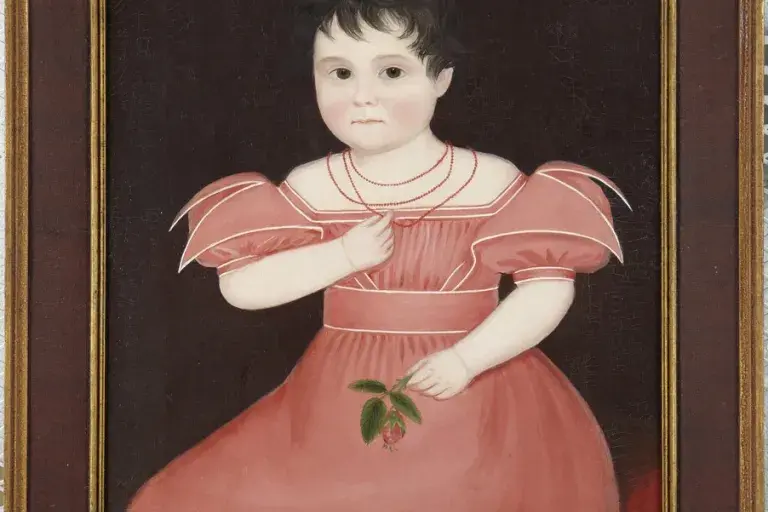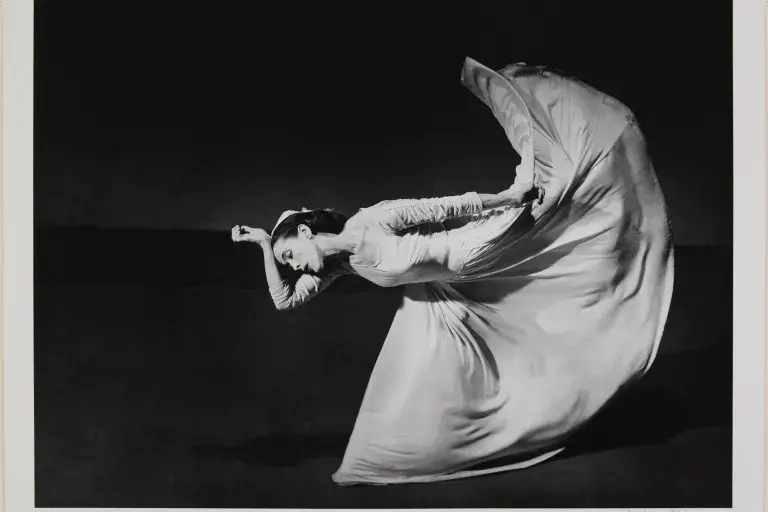Collection Themes
Explore 5,000 years of human creativity through our globe-spanning collections
Showing 16 collection theme(s)
Sort by:
Theme

Wood Against the Grain
Theme

Environments & Ecosystems
By
Janna Israel
Theme

Multitudes
Theme

Blue-Green Realms in Chinese Painting
Theme

Populist Printmaking
Works from the WPA Graphic Arts Division
By
Margot E. Yale, Class of 2017
Theme

Children and Childhood in Nineteenth-Century American Folk Art
By
Drew Pugliese
Theme

Celebrating Women Artists from the Collection
Theme

Celebrating the Forbes Family of Collectors
By
James Steward
Theme

Lasting Impressions: World War I and the Graphic Arts
By
Laura Giles
Theme

Venetian Views: Canaletto to Stieglitz
Theme

The Miseries of Human Life and Other Amusements: Drawings by Thomas Rowlandson
Theme

Beading African History
By
Perrin Lathrop
Showing 12 of 16 results